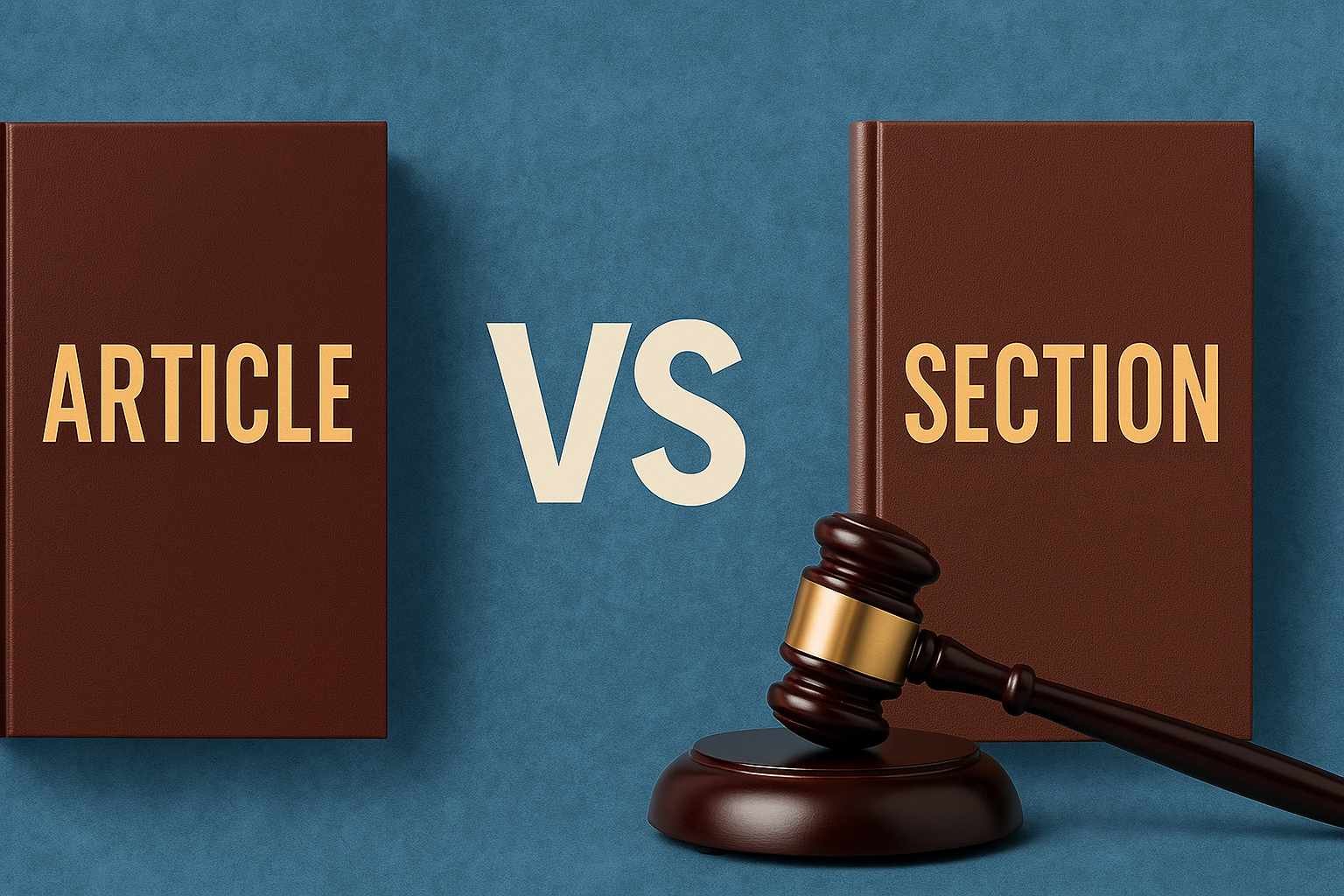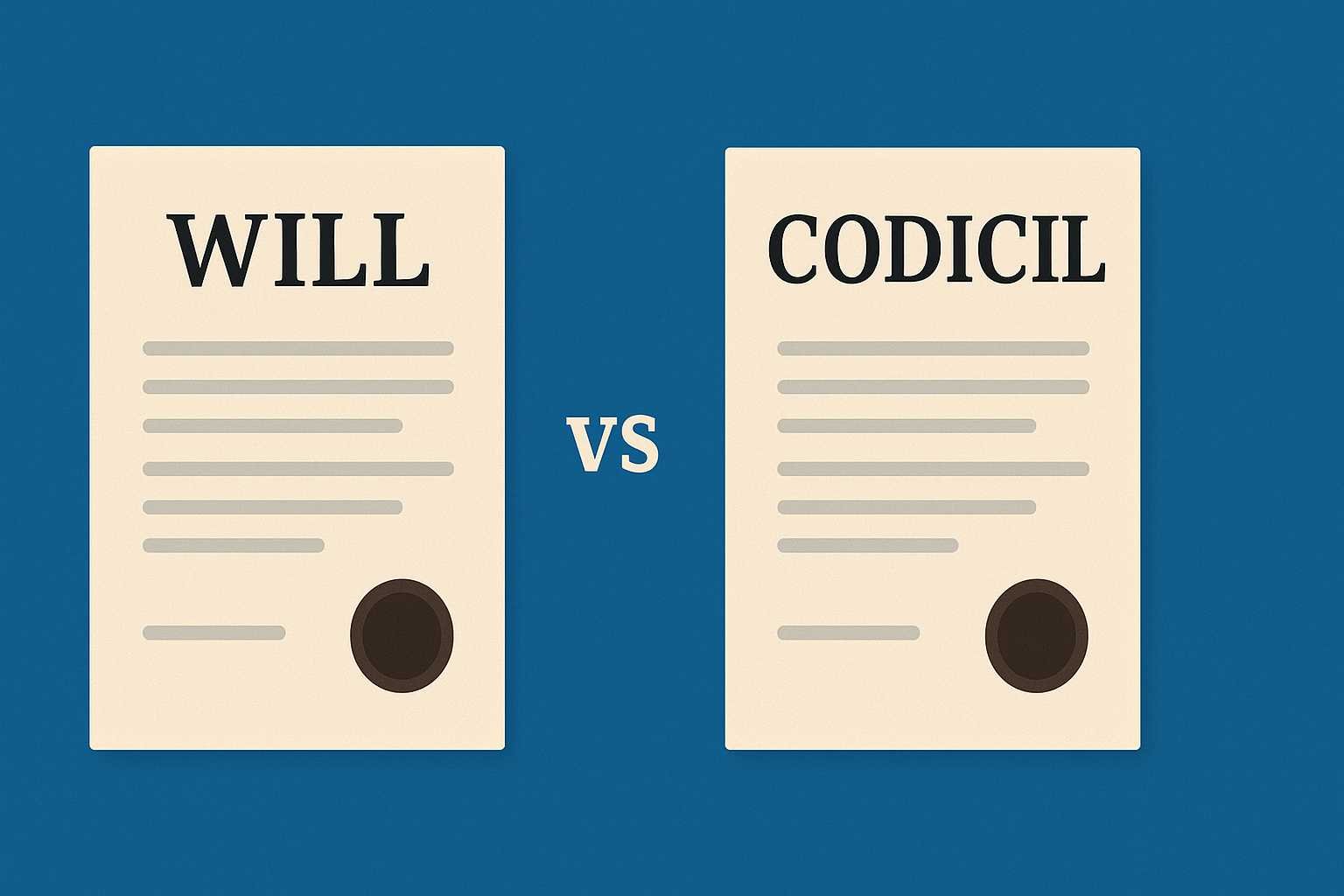On this page you will read detailed information about Fundamental Principles of International Humanitarian Law.
As you seek to comprehend the fundamental principles guiding international humanitarian law, consider the critical foundations which enable the entire legal framework. With an open and discerning mind, explore key concepts like military necessity and the ban on unnecessary suffering. Analyze established precepts around distinguishing between civilians and combatants. Contemplate proportionality when assessing acceptable collateral damage. By methodically evaluating foundational tenets codified in the Geneva Conventions and elsewhere, you equip yourself to better grasp this multifaceted field aimed at limiting suffering in armed conflicts. Moving forward with care and precision promises insight into the challenges of balancing humanity and hardship during war.
What Is International Humanitarian Law?
International Humanitarian Law (IHL), also known as the laws of war, regulates the conduct of armed conflict and seeks to limit its effects. IHL aims to protect persons who are not or are no longer participating in hostilities, such as civilians, wounded, sick and shipwrecked combatants and prisoners of war.
IHL is a set of rules that seek to strike a balance between humanitarian concerns and the military requirements of parties to a conflict. They contain the rules that regulate the means and methods of warfare, prohibit certain weapons and types of warfare, protect certain categories of persons and objects, and require that the wounded and sick be collected and cared for.
The four Geneva Conventions of 1949 and their Additional Protocols of 1977 are the principal instruments of IHL. They establish rules protecting wounded, sick and shipwrecked military personnel, prisoners of war, and civilians in and around a conflict zone. These conventions replaced earlier treaties signed in 1864, 1906 and 1929. Nearly every country in the world has agreed to be bound by their provisions.
Some fundamental principles of IHL are:
- Distinction: Parties must distinguish between civilians and combatants. Attacks may only be directed against combatants and military objectives.
- Proportionality: Any attack must be proportionate to the military advantage anticipated. Excessive civilian casualties must be avoided.
- Humanity: Suffering and destruction must be avoided or minimized. Captured and wounded adversaries must be treated humanely.
- Military Necessity: Only that degree and kind of force, not otherwise prohibited by the laws of war, required for the partial or complete submission of the enemy with the least possible expenditure of time, life, and physical resources may be applied.
By following these principles and rules, parties to an armed conflict aim to limit excessive loss of life and unnecessary suffering while allowing military operations to proceed. IHL thus strikes a balance between military necessity and humanitarian concerns in armed conflict.
In the previous post, we had shared information about Examining the Chinese Exclusion Act of 1882, so read that post also.
Key Principles of International Humanitarian Law
International Humanitarian Law (IHL) aims to protect civilians and those no longer taking part in hostilities during armed conflict. Several fundamental principles form the basis of IHL:
Distinction
This principle requires parties to a conflict to distinguish between the civilian population and combatants, as well as between civilian objects and military objectives. Attacks may only be directed against combatants and military objectives. The civilian population must be protected.
Proportionality
Attacks must be proportionate to the anticipated military advantage. Anything which may be expected to cause excessive civilian harm compared to the concrete and direct military advantage is prohibited. Combatants must refrain from attacks in which the expected civilian harm outweighs the anticipated military benefit.
Military Necessity
Parties to an armed conflict may only use as much force as necessary to defeat the enemy. It prohibits measures of violence that are not necessary for securing the ends of war. Wanton violence or unnecessary suffering is forbidden. Only lawful measures and means that are necessary to accomplish a legitimate military purpose are permitted.
Humanity
IHL aims to prevent and alleviate human suffering. It prohibits torture, cruel, inhumane or degrading treatment of prisoners or civilians. The wounded and sick must be cared for.
Impartiality
IHL applies equally to all parties to an armed conflict regardless of the reasons for or nature of the conflict. All parties must respect and ensure respect for IHL, without adverse distinction based on the nature or origin of the armed conflict or on the causes espoused by or attributed to the Parties to the conflict.
By adhering to these principles, International Humanitarian Law aims to preserve a degree of humanity even during the most brutal conflicts. Respect for civilians and those hors de combat is at the very heart of IHL.
Distinction Between Civilians and Combatants
A fundamental principle of international humanitarian law is the distinction between civilians and combatants. Civilians are protected from attack, whereas combatants and military objectives may be attacked.
Civilians
Civilians are individuals who are not members of the armed forces. They are non-combatants and must be protected during armed conflict. Attacking civilians intentionally is prohibited under international law. However, civilians lose their protection from attack if and for such time as they take a direct part in hostilities.
Combatants
Combatants, or members of armed forces, may be lawfully attacked. Combatants include:
- Members of the armed forces of a party to the conflict
- Members of militias or volunteer corps forming part of such armed forces
- Members of organized armed groups under a command responsible to a party to the conflict
- Civilians taking up arms against the adversary spontaneously during the fighting
Combatants may be targeted at any time during armed conflict, unless they are hors de combat (outside of combat) due to capture, surrender or injury.
To distinguish between civilians and combatants, parties must assess whether an individual is actively participating in hostilities. Direct participation in hostilities refers to specific acts that meet the threshold to lose civilian protection, such as:
- Carrying/using weapons
- Gathering/transmitting military information
- Sabotage/acts of violence
- Supervising/training armed forces
If there is doubt as to an individual’s civilian or combatant status, they should be presumed to be a civilian. Failure to distinguish between civilians and combatants is a violation of international humanitarian law. Parties must take all feasible precautions to minimize civilian harm when attacking military objectives.
In summary, distinguishing civilians from combatants is crucial to upholding international humanitarian law and protecting civilians in armed conflict. When in doubt, individuals should be presumed civilians. Targeting civilians intentionally is prohibited, whereas combatants and military objectives may be lawfully attacked.
Prohibition on Attacking Civilians
International Humanitarian Law prohibits violent attacks against civilians and civilian objects. This principle is codified in the Geneva Conventions of 1949 and their Additional Protocols. It is unacceptable and unlawful to directly target civilians. Civilian objects, such as homes, schools, and hospitals, must never be the object of attack.
Civilians and civilian populations shall not be the object of violence, assault, or aggression. Any acts of violence to intimidate or terrorize the civilian population are prohibited. Indiscriminate attacks that fail to distinguish between civilians and combatants, such as carpet bombing, are unlawful. Civilians shall be protected from the dangers arising from military operations. All feasible precautions must be taken to avoid, or at least minimize, civilian casualties and damage to civilian objects.
To determine if an object qualifies as a civilian object, one must assess whether it makes an effective contribution to military action by the enemy. The mere fact that an object could be used for military purposes is not sufficient to justify an attack. There must be a proximate connection between the object and actual military operations. For example, a civilian vehicle transporting ammunition to the front line could qualify as a military objective, whereas a civilian vehicle on a regular commute would not.
In case of doubt as to the status of an object, it shall be presumed to be civilian. Any attack must be proportionate to the direct and concrete military advantage anticipated. Excessive civilian losses and damages relative to the military gain are disproportionate and unlawful. Parties to a conflict shall take all feasible precautions in the choice of means and methods of warfare with a view to avoiding, and in any event minimizing, civilian casualties and civilian objects.
Humane Treatment of Detainees and POWs
International humanitarian law requires that all individuals captured or detained in an armed conflict be treated humanely. This principle of humane treatment applies regardless of a person’s status or perceived affiliation.
According to Common Article 3 of the 1949 Geneva Conventions, detainees and prisoners of war (POWs) shall in all circumstances be treated humanely. They are protected against violence, torture, cruel treatment and outrages upon personal dignity. They cannot be subjected to medical or scientific experiments. Their honor and familial rights must be respected.
Detainees and POWs have the right to adequate food, water, shelter, hygiene and medical care. They should receive resources for daily necessities like clothing, bedding and sanitation products. Their living conditions must be as favorable as those for the forces of the detaining power in the same area.
Interrogation of detainees and POWs should be carried out humanely. Physical or mental torture, threats, acts of violence or intimidation are strictly prohibited. Detainees must be allowed to communicate with the outside world, especially their families. They have the right to practice their religion and receive spiritual assistance from clergy.
Detainees and POWs shall be released and repatriated without delay after the end of hostilities. In civil war contexts, detainees must be released as soon as the reasons for their detention cease to exist. While detained, they shall not be subjected to harsh or degrading punishment or treatment as punishment. The detaining power has an obligation to provide details about the detainees to the Central Tracing Agency of the International Committee of the Red Cross (ICRC).
Respecting the principle of humane treatment is not only a legal obligation but also a moral duty. Upholding the basic rights and dignity of all individuals in armed conflict is essential for restoring peace and security.
Proportionality in Conducting Attacks
A fundamental principle of International Humanitarian Law is that any attack must be proportionate to the direct military advantage anticipated. This means that any attack should not cause excessive civilian harm that is disproportionate to the expected military gain.
When planning an attack, you must consider the effects on civilians and civilian objects in the vicinity of the target. Attacks that may be expected to cause excessive civilian loss of life, injury to civilians, or damage to civilian objects are prohibited. Even precision weapons can have indiscriminate effects if misused or misdirected.
To determine whether an attack would be proportionate, you must weigh the anticipated loss of civilian life, injury to civilians, and damage to civilian objects against the concrete and direct military advantage expected to be gained. Military commanders must make this assessment based on the information available to them at the time, though all feasible precautions must be taken to gather intelligence and choose appropriate weapons and tactics.
If there are reasonable doubts about whether civilian harm would be excessive, the attack must be cancelled or suspended. Similarly, if it becomes apparent during the course of an attack that civilian casualties would likely be disproportionate to the direct military advantage gained, the attack must be halted.
In summary, any attack that may be expected to cause loss of civilian life, injury to civilians, or damage to civilian objects must have a concrete and direct military advantage that outweighs the anticipated civilian harm. All parties to a conflict must take all feasible precautions in choosing appropriate means and methods of attack to avoid and minimize civilian casualties. Failure to do so constitutes a violation of International Humanitarian Law.
No Unnecessary Suffering or Superfluous Injury
International humanitarian law forbids inflicting unnecessary suffering or superfluous injury upon combatants or non-combatants. This principle requires that the level of violence and amount of force used should be proportional and reasonable to achieve legitimate military objectives. Excessive use of force that causes excessive incidental death, injury, or damage is prohibited.
Weapons and methods of warfare that are calculated to cause unnecessary suffering are forbidden. For example, weapons that by their very nature cause superfluous injury or unnecessary suffering, such as projectiles filled with glass, are prohibited. Employing means of warfare that are indiscriminate, i.e., not directed at a specific military objective, or methods that cause extensive and long-term damage to the natural environment are also forbidden.
When planning and conducting military operations, commanders must take all feasible precautions to minimize incidental loss of civilian life, injury to civilians, and damage to civilian objects. Military objectives must be clearly separated from civilian population and objects. Indiscriminate attacks, which are not directed at a specific military objective or which employ a method or means of combat which cannot be directed at a specific military objective, are prohibited.
Civilians and civilian populations must be treated with humanity in all circumstances and not be subjected to violence that is not absolutely necessary for achieving a legitimate military purpose. Civilians must not be used as human shields nor be subjected to violence for purposes of intimidation, retaliation or punishment. They retain their full protection under international humanitarian law even if some of their number are fighting or otherwise directly participating in hostilities.
In summary, the principle of unnecessary suffering and superfluous injury establishes limits on the violence and destruction that parties to an armed conflict may lawfully inflict. It complements the principles of distinction and proportionality in regulating the conduct of hostilities. Following these principles helps ensure that armed conflicts are brought to a swift end and that peace is restored as quickly as possible.
Respect and Protection of Medical Personnel and Facilities
The respect and protection of medical personnel and facilities is a fundamental principle of International Humanitarian Law (IHL) during armed conflict. Medical staff and hospitals must be respected and protected at all times. They are afforded immunity from attack and not be harmed or have their work interfered with.
Medical facilities include hospitals, blood transfusion centers, aid stations, and medical transports like ambulances. They are specially protected locations under IHL. Attacking or interfering with their operations is prohibited. Medical transports can only be inspected and detained temporarily. The wounded and sick must receive proper medical treatment as soon as possible.
Medical personnel, including physicians, nurses, medics, and medical support staff are also afforded special protection. They must be respected, protected, and allowed to carry out their life-saving work without hindrance. They cannot be attacked, harmed or detained while performing their medical duties. Their equipment, supplies and transports are also protected.
All parties to a conflict must allow and facilitate the passage of medical supplies, equipment and personnel to provide aid for the wounded and sick, especially in besieged areas. Impeding such passage can constitute a serious violation of IHL. Granting access to medical care during conflict is a humanitarian act that can save many lives.
To summarize, medical personnel,facilities and transports must be respected and protected. They should be granted safe passage and immunity in order to provide necessary treatment for the wounded and sick during armed conflict. Complying with these fundamental principles of IHL can help alleviate human suffering during times of war.
Challenges in Implementing International Humanitarian Law
Implementing the principles of International Humanitarian Law (IHL) during armed conflicts presents significant challenges. Even with the best intentions, parties to a conflict may struggle to fully uphold IHL for various reasons.
Lack of knowledge
Parties involved in a conflict may not have a comprehensive understanding of IHL and its legal obligations. IHL is complex, with many nuances that can be difficult to grasp without proper training. Combatants, especially in non-state armed groups, often lack expertise in the law. Clear dissemination and education on IHL is needed to address this challenge.
Disregard for civilian life
Some parties deliberately target civilians and civilian infrastructure, in blatant violation of IHL. Indiscriminate attacks, prohibited weapons, starvation of civilians – these acts show a callous disregard for human life and the principles of distinction and proportionality. Changing such a mindset is extremely difficult but critical.
Practical obstacles
Even well-intentioned parties may face practical barriers to implementing IHL. In the chaos of war, it can be hard to verify targets, choose proportionate weapons, and minimize civilian impact. Lack of advanced weapons precision and inadequately trained combatants also pose problems. Still, parties must make every feasible effort to overcome these obstacles and uphold IHL.
Lack of accountability
The lack of accountability for IHL violations remains a major challenge. Without consequences, parties have little incentive to change unlawful behavior. Fair and impartial investigations into alleged war crimes, and prosecution of responsible individuals, are needed to end the cycle of impunity and promote respect for IHL.
In summary, there are many difficulties in achieving full compliance with IHL, but they are not insurmountable. With improved knowledge, a commitment to civilian protection, pragmatic solutions, and a fair system of accountability, parties to a conflict can meet their obligations under international law. The lives of countless civilians in war zones depend on overcoming these challenges.
FAQs on International Humanitarian Law
As a set of rules that seek to limit the effects of armed conflict, International Humanitarian Law (IHL) aims to protect persons who are not or are no longer participating in hostilities and restricts the means and methods of warfare. IHL is also known as the law of war or the law of armed conflict.
The fundamental principles of IHL include:
Distinction: Parties to a conflict must distinguish between civilians and combatants. Attacks may only be directed against combatants. Indiscriminate attacks are prohibited.
Proportionality: Attacks must not cause incidental loss of civilian life, injury to civilians, damage to civilian objects, or a combination thereof, which would be excessive in relation to the concrete and direct military advantage anticipated.
Military Necessity: Parties to a conflict may only use the level of force necessary to defeat the enemy. The use of force for revenge or retaliation is prohibited.
Humanity: Parties must prevent unnecessary suffering when conducting military operations. Weapons and methods of warfare that cause superfluous injury or unnecessary suffering are prohibited.
Non-Discrimination: Adverse distinction based on race, color, sex, language, religion or belief, political or other opinion, national or social origin, wealth, birth or other status is prohibited. All protected persons shall be treated with humanity.
IHL is enforced through:
I) States: States parties have the primary responsibility to implement and enforce IHL. They must disseminate knowledge of IHL and punish those responsible for grave breaches.
II) Protecting Powers and the ICRC: Protecting Powers and the International Committee of the Red Cross (ICRC) monitor the application of IHL during armed conflicts.
III) Fact-Finding Commissions: Independent fact-finding commissions investigate alleged violations of IHL.
IV) International Criminal Tribunals: The International Criminal Court and ad hoc tribunals prosecute individuals responsible for serious violations of IHL.
Following these fundamental principles and enforcing accountability are key to upholding international humanitarian standards during armed conflict. Promoting knowledge and understanding of IHL remains crucial to strengthening respect for the law.
Conclusion
As you have seen, understanding the fundamental principles of international humanitarian law is crucial for evaluating the conduct of states during armed conflict. By learning the core concepts of distinction, proportionality, necessity, and humanity, you now have the background to thoughtfully examine the complex issues that arise in war. Going forward, apply these principles as guideposts when judging the difficult decisions that militaries and governments face. Though perfect solutions are elusive, if we hold all parties to the highest standards grounded in humanitarian law, we give peace its best chance. The principles call on us to elevate our discourse and demand restraint – two civic duties that ultimately fall on each of us.
Disclaimer
The information and services on this website are not intended to and shall not be used as legal advice. You should consult a Legal Professional for any legal or solicited advice. While we have good faith and our own independent research to every information listed on the website and do our best to ensure that the data provided is accurate. However, we do not guarantee the information provided is accurate and make no representation or warranty of any kind, express or implied, regarding the accuracy, adequacy, validity, reliability, availability, or completeness of any information on the Site. UNDER NO CIRCUMSTANCES SHALL WE HAVE ANY LIABILITY TO YOU FOR ANY LOSS OR DAMAGE OF ANY KIND INCURRED AS A RESULT OR RELIANCE ON ANY INFORMATION PROVIDED ON THE SITE. YOUR USE OF THE SITE AND YOUR RELIANCE ON ANY INFORMATION ON THE SITE IS SOLELY AT YOUR OWN RISK. Comments on this website are the sole responsibility of their writers so the accuracy, completeness, veracity, honesty, factuality and politeness of comments are not guaranteed.
So friends, today we talked about Fundamental Principles of International Humanitarian Law, hope you liked our post.
If you liked the information about Fundamental Principles of International Humanitarian Law, then definitely share this article with your friends.








